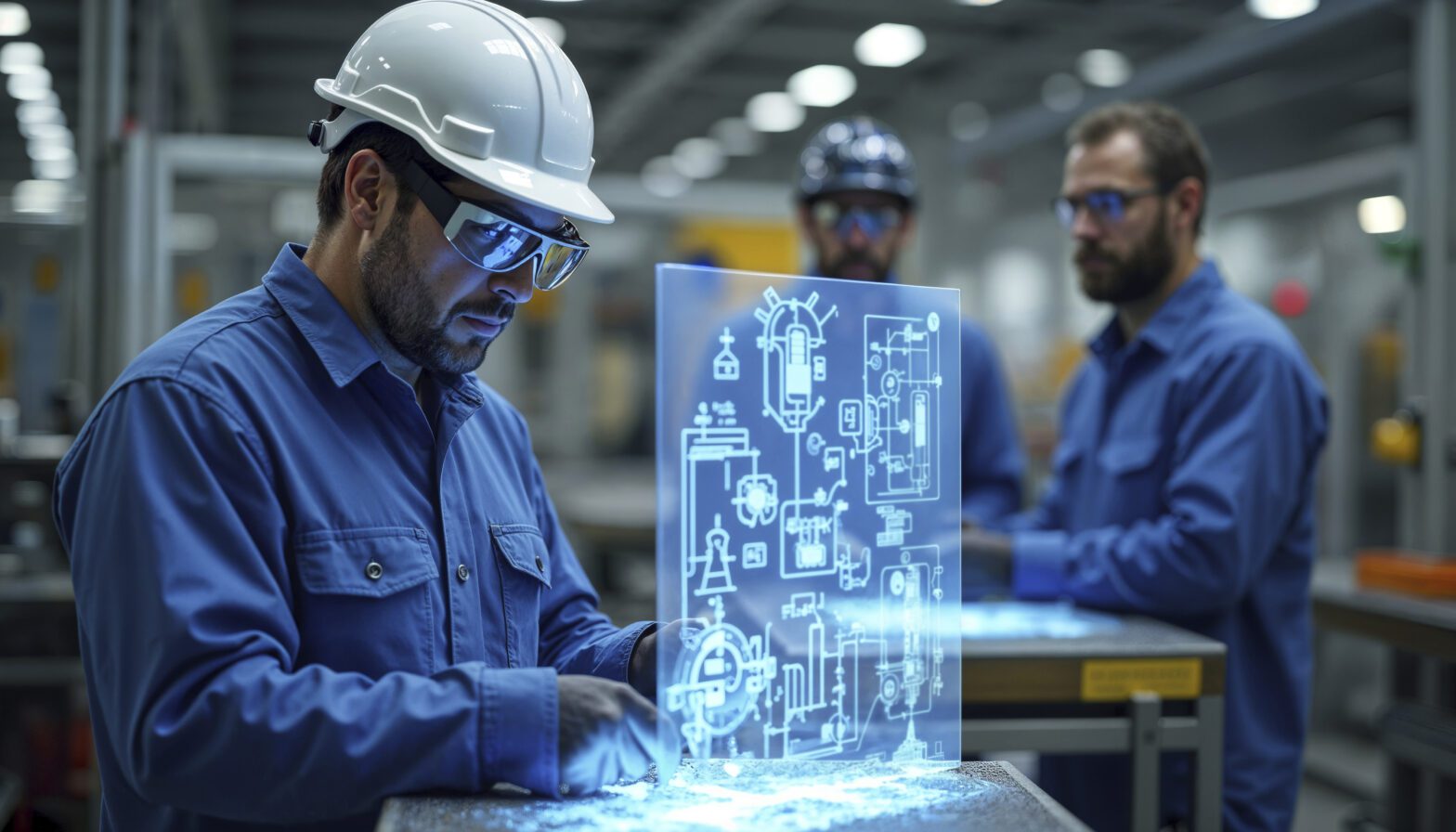Industrial automation has always been about efficiency — machines doing repetitive tasks faster and more accurately than humans. But with AI entering the scene, we’re not just talking about speed or precision anymore. We’re talking about intelligence.
In 2025, AI is transforming industrial automation into something much smarter, more adaptable, and surprisingly more human-aware. Here’s a closer look at how it’s reshaping the landscape.
1. Smarter Predictive Maintenance
Gone are the days of scheduled checkups or waiting for machines to break down.
With AI, sensors feed real-time data into models that can:
- Predict when a machine is likely to fail
- Suggest maintenance before costly downtime
- Adapt based on usage, temperature, or environment
Result? Reduced downtime, longer equipment life, and big savings.
2. Adaptive Robotics
Traditional industrial robots follow fixed instructions. AI-powered robots learn.
- Cobots (collaborative robots) that work safely alongside humans
- Robots that adjust their movements in real time based on visual or force feedback
- Systems that learn from human demonstrations or past errors
- Spot microscopic defects on surfaces or packaging
- Compare products against ideal versions in real time
- Continuously improve their accuracy with more data
- Dynamic adjustments to reduce energy use
- Maximized throughput with fewer resources
- Fast response to unexpected changes or supply fluctuations
- Wearables track worker fatigue or hazardous exposure
- AI monitors video feeds to detect unsafe behavior or accidents
- Autonomous machines stop or slow down if a human gets too close
- Forecasting demand using market, weather, and trend data
- Automatically adjusting procurement and inventory levels
- Detecting and rerouting around disruptions (like port delays or material shortages)
This makes production lines more flexible and better suited for custom manufacturing.
3. Quality Control with AI Vision
AI-driven computer vision is revolutionizing how factories check for defects.
Instead of manual inspection or rigid rules, AI models can:
Fewer errors, less waste, and higher customer satisfaction.
4. Real-Time Process Optimization
AI systems now analyze data from the entire production line — temperature, pressure, machine speed, output levels — to tweak operations in real time.
Benefits:
5. Safer Work Environments
AI doesn’t just improve machines — it protects the people around them.
Industrial AI is making factories smarter and safer.
6. Intelligent Supply Chain Integration
AI is the glue connecting production floors with global supply chains.
This reduces waste, delays, and lost revenue.
7. Democratizing Industrial Automation
Perhaps the most exciting change? AI is making automation accessible.
The era of expensive, rigid automation is giving way to agile, intelligent, and affordable systems.
Final Thoughts: The Rise of Intelligent Industry
Industrial automation isn’t just about doing things faster anymore. It’s about doing them smarter.
In 2025, AI is helping industries become more resilient, more flexible, and more sustainable — all while improving productivity.
Whether you’re running a factory floor, managing logistics, or looking to improve uptime — the future of automation is here. And it thinks with you.
Curious how to bring AI into your industrial systems? Let’s talk — we specialize in real-world, high-impact automation strategies.


 +1(647)383-7986
+1(647)383-7986

